
Reimagining the Necromancer: A Non-Evil Path of Undeath
The school of Necromancy in Dungeons & Dragons has long been steeped in controversy—not just in the worlds we play in, but at the table as well. The moment a wizard says “I’m playing a

A necromancer could do worse than having a wight as an ally. This one, as seen in the fifth edition Dungeons & Dragons Basic Rules, is smart enough to manage a wait staff and even create their own new employees when needed! [Image courtesy Wizards of the Coast]
necromancer,” eyebrows raise and assumptions follow: they’ll be raising skeletons, controlling zombies, and possibly drifting into morally questionable territory.
But what if you love the aesthetic and arcane mastery of death magic without wanting to play a character who desecrates graves and commands the dead like puppets?
Today, we’re offering a way to reflavor and mechanically reshape the Necromancer subclass so it supports a more morally nuanced or entirely non-evil build. Specifically, we’re focusing on replacing the 6th-level “Undead Thralls” feature and the 14th-level “Command Undead” feature, which are both centered on undead minions.
🧠 Why Change the Necromancer?
Not all necromancers are tomb robbers. Some see death as a transition, not a tool. Some study the soul and spirit, the cycle of life and entropy, or the resonance of departed energy. In worlds where divine resurrection is common, why shouldn’t arcane death be treated with equal nuance?
By allowing necromancers to focus on the essence of death and its echoes, rather than raising corpses, you can support characters like:
-
Spirit mediums
-
Soul-weavers
-
Memory-binders
-
Arcane hospice mages
-
Psychopomps guiding spirits to rest
⚖️ The Features We’re Replacing
Original 6th Level Feature – Undead Thralls
You add the animate dead spell to your spellbook if it’s not already there. When you cast it, you can create or command one additional undead. Additionally, any undead you raise gains extra HP and adds your proficiency bonus to their weapon damage.
Original 14th Level Feature – Command Undead
You can use magic to bend undead to your will, even those created by other necromancers. As an action, you can force a nearby undead creature to make a Charisma save or fall under your control.
These features push necromancers toward a minion-heavy, combat-centric playstyle that involves controlling corpses. Instead, let’s explore alternatives that align with a spiritual, soul-based necromancer who channels death magic ethically.
🧬 New 6th Level Feature – Spiritual Resonance
Your studies of death have tuned your arcane senses to the fading echoes of departed souls. When a creature dies within 30 feet of you, you can choose to capture a fragment of their spirit. You can hold a number of fragments equal to your Intelligence modifier (minimum 1).
As a bonus action, you can expend a fragment to:
Gain temporary hit points equal to your wizard level + your Intelligence modifier.
Deal necrotic damage equal to your Intelligence modifier to a creature you can see within 60 feet, as part of a cantrip or spell.
Gain advantage on a saving throw against being frightened or charmed until the end of your next turn.
Additionally, you add speak with dead to your spellbook if it’s not already there, and you can cast it without material components.
Design Note: This replaces undead minions with spiritual echoes—still death-themed, but now more about energy, memory, and soul magic. It can support combat, defense, or investigation.
💀 New 14th Level Feature – Soulbinding Mastery
You have learned to anchor the echoes of the dead within magical conduits. When you finish a short or long rest, you can bind a willing creature (including yourself) to a soul anchor—an invisible tether that draws on latent necrotic energy.
While bound:
Once per round, when the bound creature deals damage with a spell, it can deal extra necrotic damage equal to your Intelligence modifier.
The bound creature has advantage on death saving throws.
If the bound creature drops to 0 HP but isn’t killed outright, you can use your reaction to keep it at 1 HP, destroying the anchor.
You may maintain one anchor at a time. At 18th level, you can maintain two.
Design Note: This lets the necromancer act like a protector or magical guardian. It’s still tied to death, but feels much more like a psychopomp or a shamanic healer, lending powerful support without raising undead.
🌙 Optional Reflavor: Deathless Magic
If you still want to use animate dead or summon undead, consider reflavoring them as coalesced memories, soul phantoms, or bone-forged constructs rather than corpses. This can be worked into the setting lore—perhaps your necromancer is crafting artificial vessels or guiding wandering souls temporarily, without domination or defilement.
🧾 Final Thoughts
Not every necromancer has to be a villain. By changing just a few key abilities, you can support players who love death magic but don’t want to play corpse-wranglers or evil overlords. Whether your necromancer walks the line between life and death, helps spirits move on, or draws power from beyond the veil with honor, these revisions open doors to new stories—and better alignment with your group’s tone and ethics.
Death is not the end. Sometimes, it’s just the beginning of a new kind of magic.
Thanks for reading. Until Next Time, Stay Nerdy!!






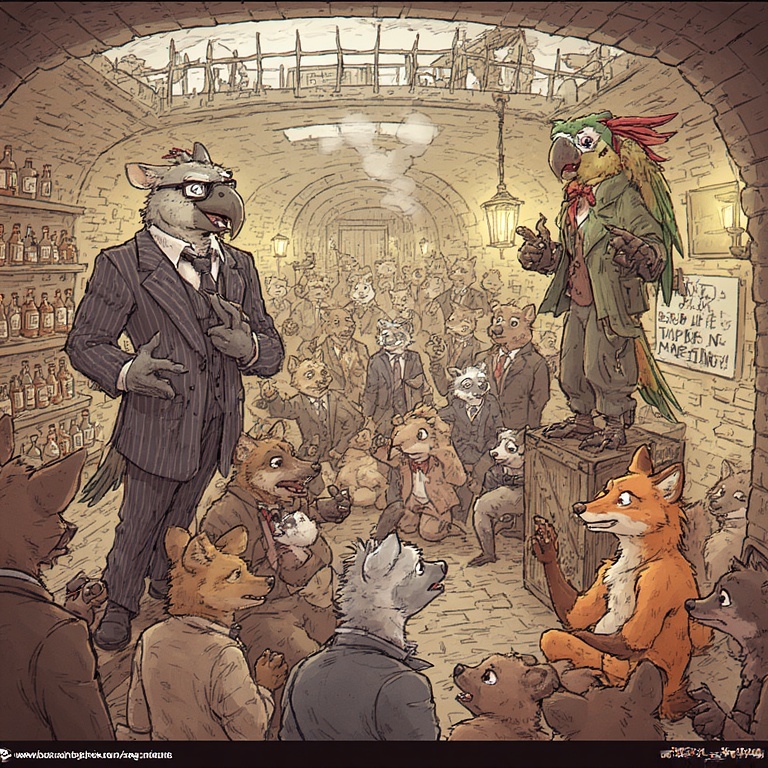
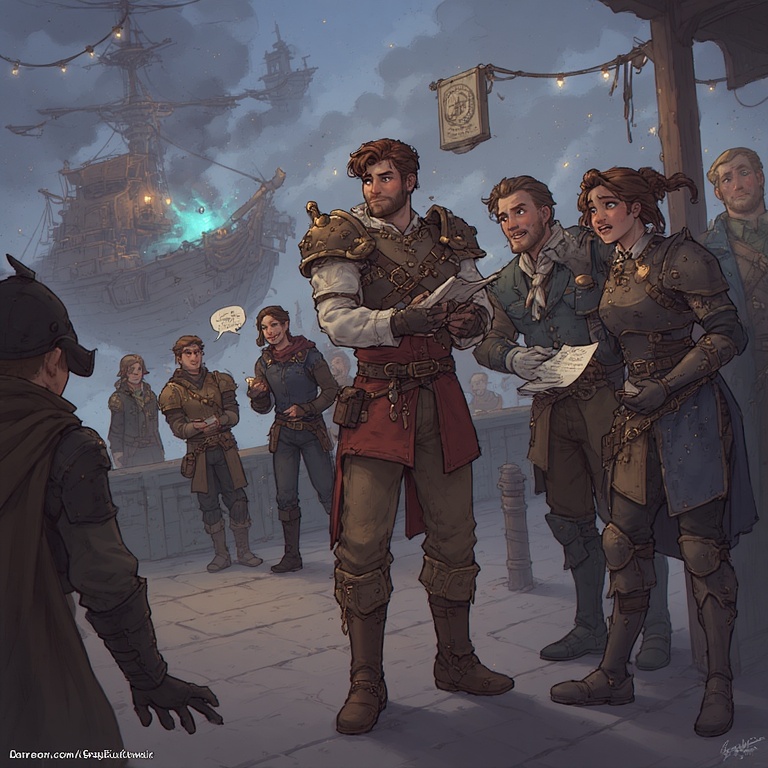
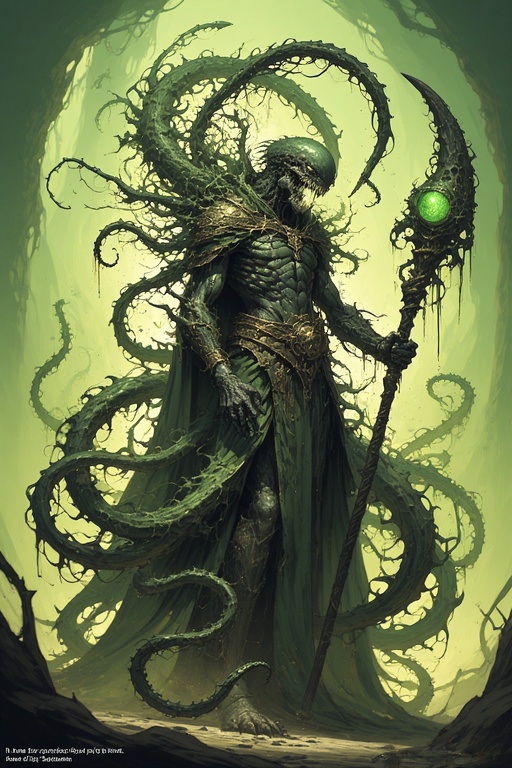
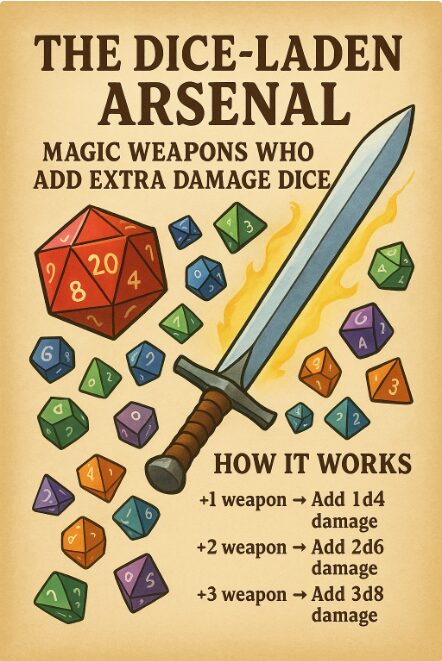
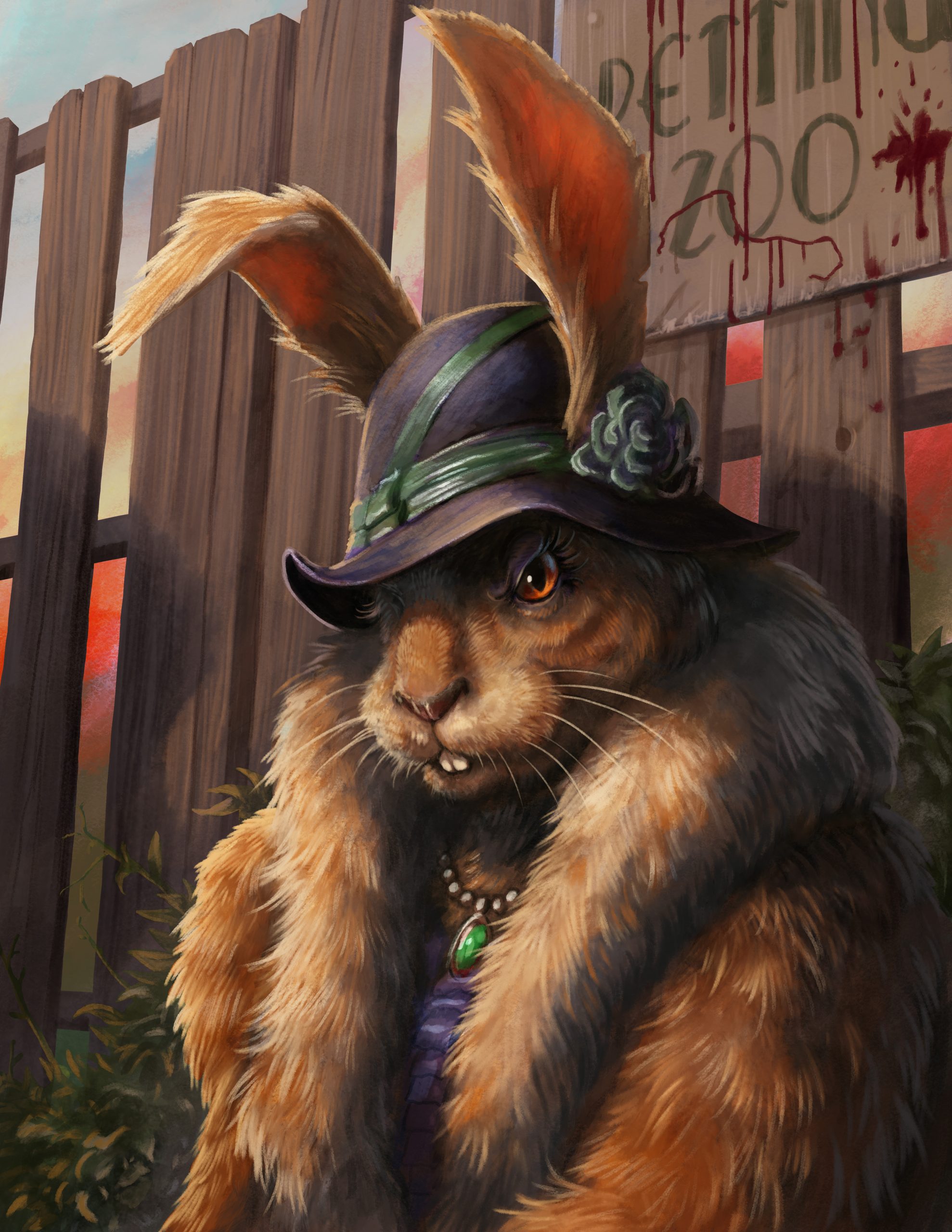
No Comments